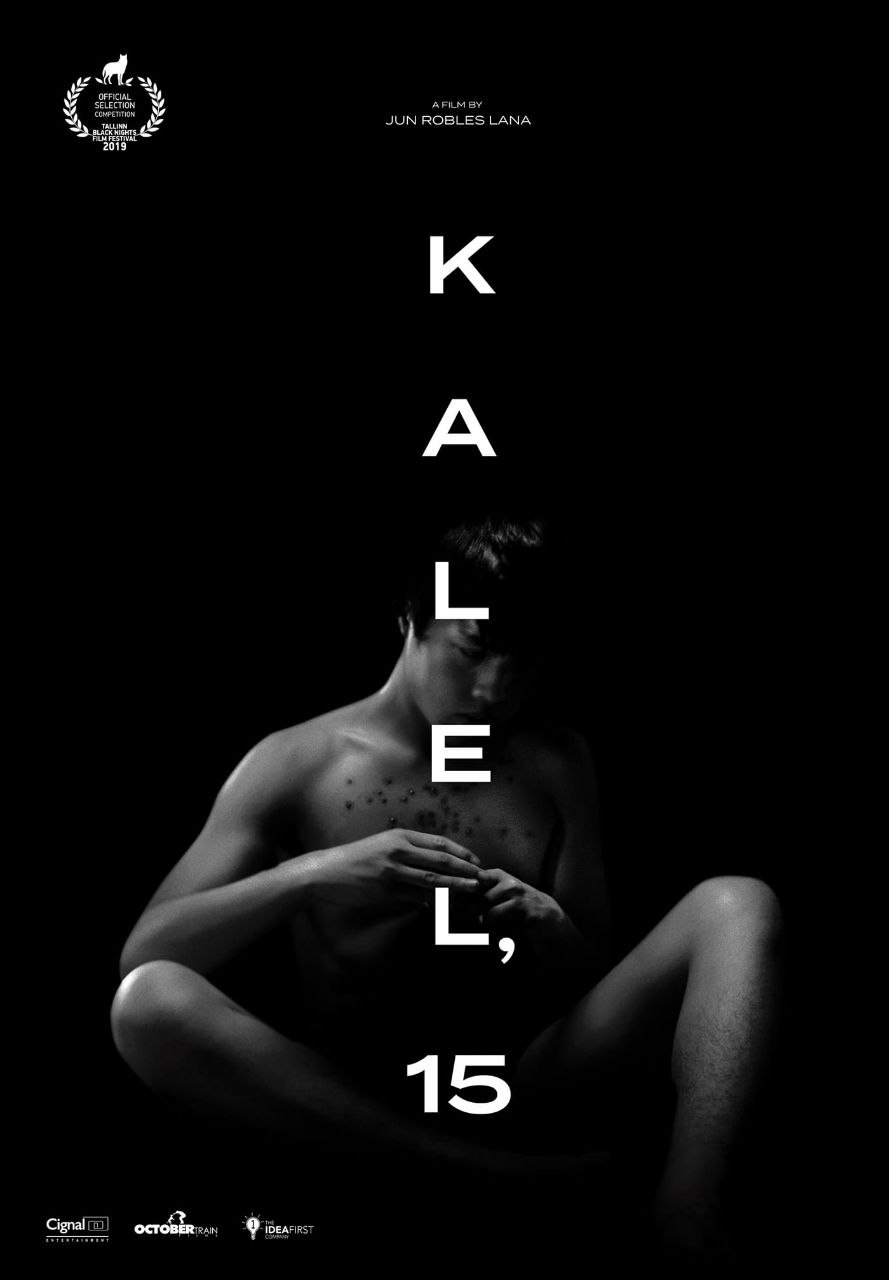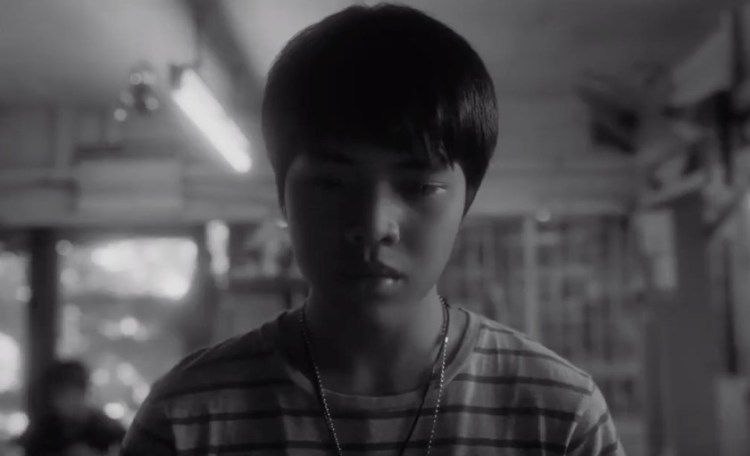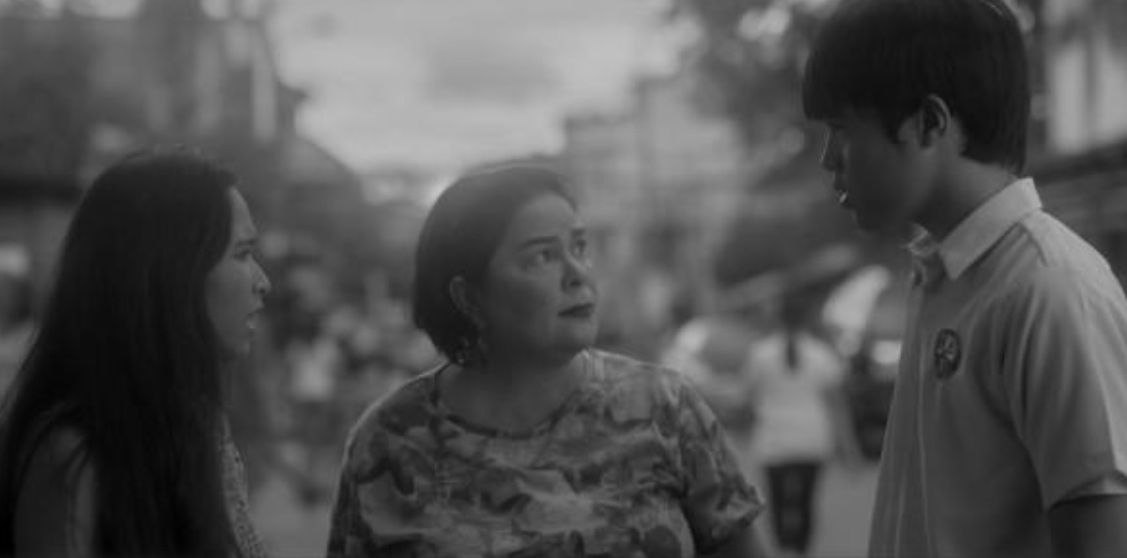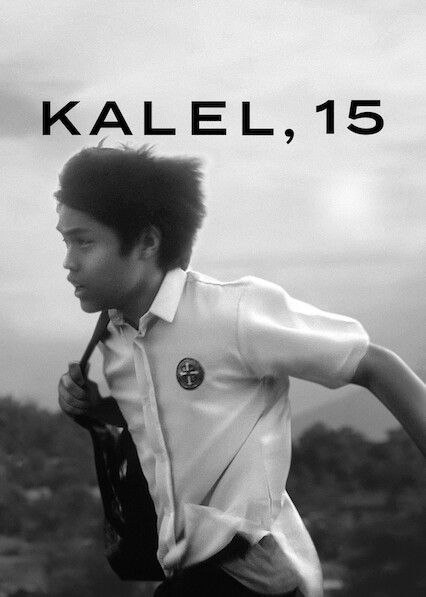Kalel, 15: When Stigma Speaks Louder Than Symptoms—How Societal Norms Ignite Fear and Misconceptions
Written by: Trisha Jay Jayme
April 13, 2025
In the world of contemporary Filipino cinema. Zig Dulay did not let the forces around him neglect or ignore the stories that deserve to be seen and heard. Instead, he embraces the chaos of life without any regrets or complaints, for the sake of the people. In Kalel, 15, Dulay offers a deeply moving, socially charged film that dares to center on a topic long surrounded by stigma and silence: HIV. Through the eyes of the weight of his diagnosis, Dulay crafts not just a film but a social statement—a cinematic call for empathy, education, and reform. The protagonist of Kalel, 15, is not only a teenager going through the normal upheavals of puberty; rather, he is a young person with HIV who is compelled to live in a world of miscommunication, silence, and silent pain. Many young Filipinos today are tragically familiar with this story.

Courtesy: IMDb
Kalel's character is just a boy; he's not presented as a moral lesson or representation of immorality. He is a kid. Scared, vulnerable, and yearning for love and belonging. In this movie, they decided to highlight Kalel's humanity instead. His illness is a sign of a protest against the prevalent narratives that outcast those who are diagnosed with HIV. Throughout the film, Kalel's condition is not something he shouts to the world—he hides it because it is something that he's ashamed of. And in that hiding, he suffers.

Courtesy: MPP
The silence that surrounds him is deafening. His family and school administrators ignore the signs of distress, and the few people who notice him are too afraid to ask the right questions. This is the reflection of the cultural reality here in the Philippines, where HIV is overly stigmatized, especially among youth. Many young people don't seek professional help for treatment because of fear—fear of being judged, disowned, or labeled.

Courtesy: Pep.ph
Zig Dulay's storytelling does not stick to the tragedy of the individual; he always reaches toward a larger force to deliver the stories. This film subtly critiques our system that continuously fails to protect children like Kalel: the absence of school-based HIV prevention programs, stigma even in the medical fields and institutions, and the moralistic views that hinder families from having open conversations about health and sexuality in their homes, resulting in their being uninformed. Kalel's story is not just about a boy; it represents the generation that is being left behind because they are too afraid or uninformed to act. This film makes us realize that compassion is not enough; we need change, action, and especially education that helps our youth.

Courtesy: Netflix Aus/Nz
For school administrators and instructors, the solution may be to incorporate HIV education more openly into their classrooms. For parents, it may be to initiate a conversation that they are too hesitant to have at home. Policymakers may consider funding youth health awareness campaigns with urgency and compassion. And for all of us, it may mean listening more, judging less, and remembering every story like Kalel's. A story worth hearing. This film demonstrates how cinema can break stigma, ignite empathy, and, perhaps most importantly, make visible the young people who are too frequently overlooked.
References:
The New Hue. (n.d.). Kalel, 15: A movie about awareness and ignorance.- https://www.thenewhueph.com/post/kalel-15-a-movie-about-awareness-and-ignorance
The Flame. (2020, February). Kalel, 15: Sins of society.- https://abtheflame.net/literary/2020/02/kalel-15-sins-of-society/
IMDb. (n.d.). Kalel, 15 (2019). - https://www.imdb.com/title/tt11530234/
DMovies. (2019, November 29). Kalel, 15 - Film review.- https://dmovies.org/2019/11/29/kalel-15/
